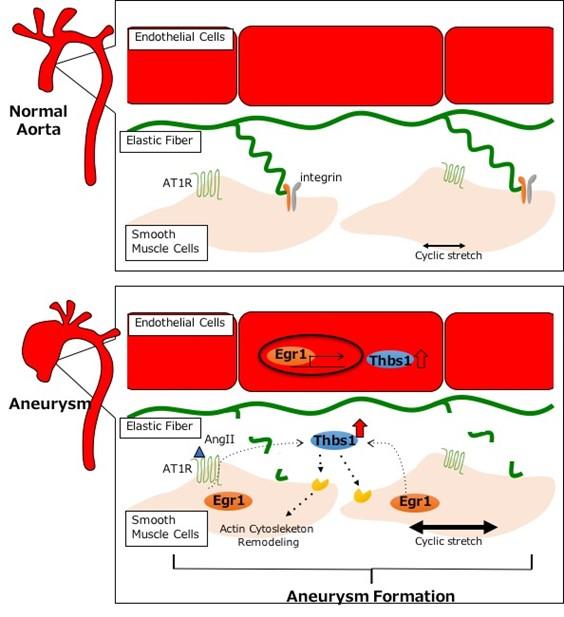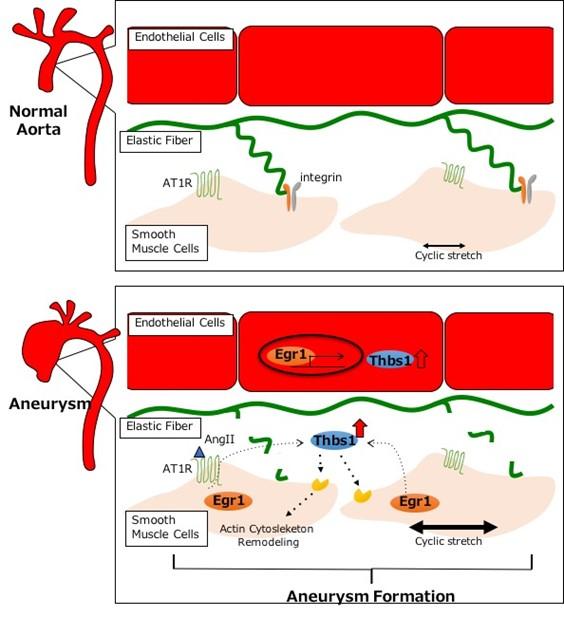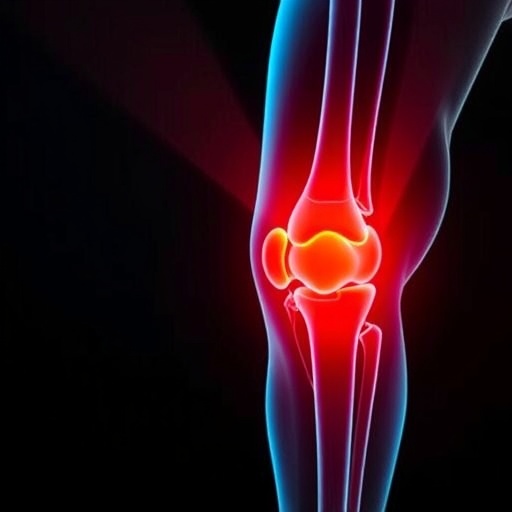
Credit: University of Tsukuba
The thoracic aorta is constantly exposed to mechanical forces generated by heart contraction and blood flow. Thoracic aortic aneurysms (TAAs) are life-threatening diseases defined as a permanent abnormal dilatation of the thoracic aorta. Current therapy is largely comprised of surgical and endovascular procedures and medical management with anti-hypertensives. It has been suggested that the disruption of the connection between smooth muscle cells (SMCs) and elastic fibers in the aortic wall impacts SMC's ability to sense and respond to mechanical forces, which may cause TAAs. However, the initiation signal and the signaling pathway necessary for sustaining the aneurysmal expansion in each TAA subtype are not fully understood.
The aim of the current study is to identify the crucial mediator(s) involved in abnormal mechanosensing and propagation of biochemical signals during the aneurysm formation and to establish a basis for a novel therapeutic strategy.
This group uses an established mouse model of TAA and shows that Thbs1 is highly increased in endothelial cells and SMCs of the aneurysmal lesions as well as in human TAAs. Thbs1 expression is induced by mechanical stretch and Ang II in SMCs in vitro, for which Egr1 is required. Deletion of Thbs1 in the TAA mice prevents aneurysm formation in approximately 80% of animals and restores the organization of elastic fibers and actin filaments in SMCs. Furthermore, mechanical testing shows that biomechanical properties of these aortas are markedly improved.
This study reveals that Thbs1 is not only a critical component of mechanotransduction, but also a modulator of elastic fiber organization and actin cytoskeletal remodeling. Thbs1 may serve as a potential therapeutic target for treating TAAs.
###
Media Contact
Masataka Watanabe
[email protected]
81-298-532-039
Related Journal Article
http://dx.doi.org/10.1161/CIRCRESAHA.118.313105





